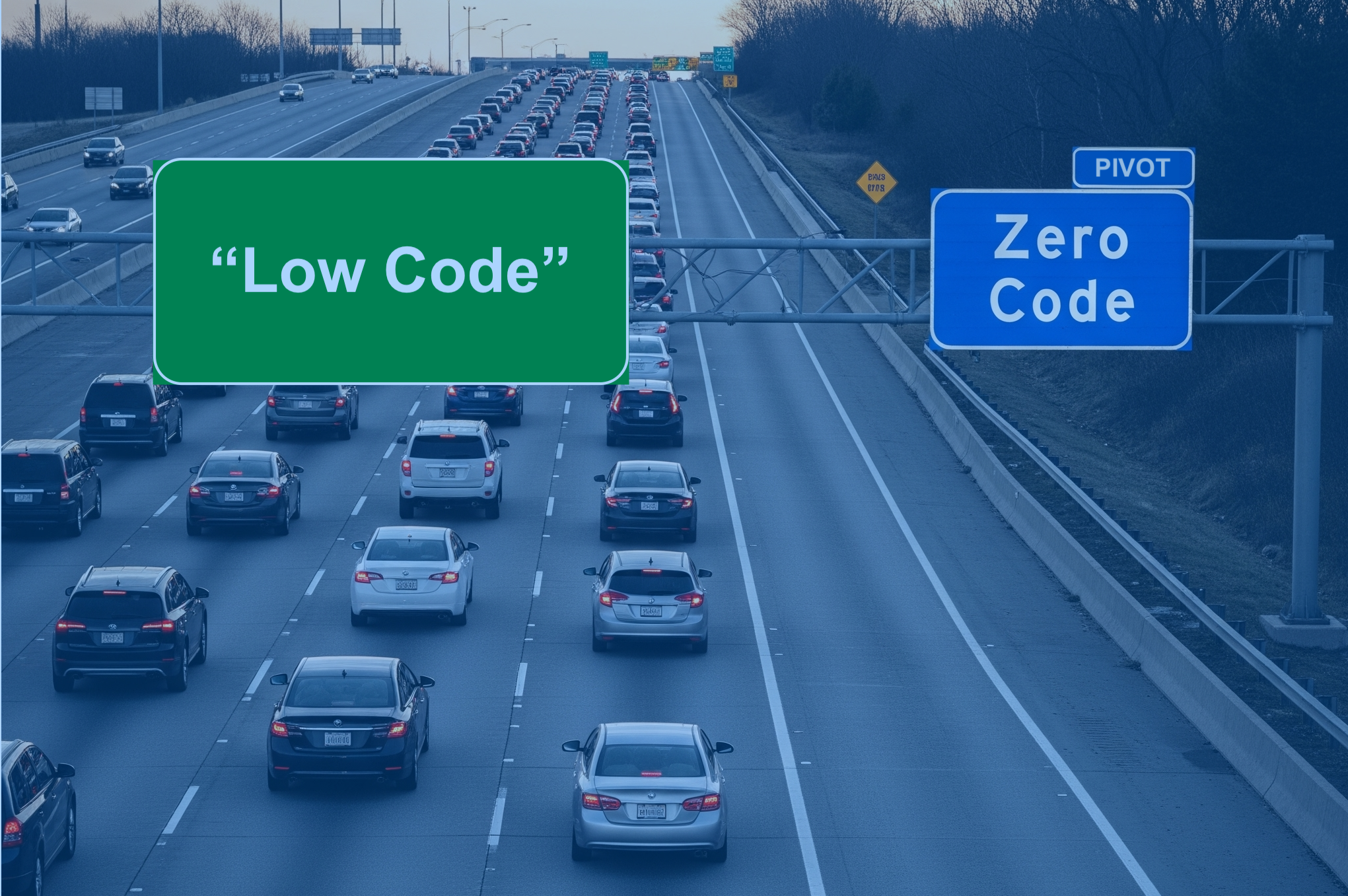Inspections are at the heart of operational excellence, particularly in industries where safety and compliance are non-negotiable—like aerospace, defense, energy, and manufacturing. Yet many companies still rely on outdated tools like paper checklists, spreadsheets, and email chains to manage inspection processes, even while running SAP to power their enterprise operations.
A U.S.-based aerospace manufacturer recently set out to modernize this part of their business. Their goal? Replace paper inspection forms with a digital solution that would integrate seamlessly with SAP, support FAA-compliant audit trails, and empower their MRO team to manage it all without relying on IT. But as they quickly learned, not all digital forms solutions live up to the promise of “low-code” or “no-code.”
When “No-Code” Isn’t Really No-Code
The manufacturer’s initial digital forms vendor checked all the boxes on paper: It claimed to offer a no-code builder, mobile accessibility, and SAP integration. But once the company began building out real inspection workflows, the cracks began to show:
- Workflows could not be configured without hard coding
- FAA Compliance was impossible due to lack of Signature Capture Authentication
- Audit trail capabilities were insufficient
- All changes or updates required IT involvement, slowing everything down
The MRO team found themselves stuck: they were too far into the project to easily pivot, but unable to move forward without compromising compliance and efficiency.
It was time to take a step back and think about what they could do to benefit business operations moving forward.
A Strategic Pivot: Mirata Digital Forms
This led them to Mirata. Mirata Digital Forms is a true zero-code, SAP-certified platform purpose-built for regulated industries. Working with Mirata’s expert team, the aerospace company was able to quickly rebuild their entire inspection process using intuitive, visual tools—no programming required.
With Mirata, they achieved:
- Multi-stage, multi-user workflows for complex engine inspections
- FAA-compliant digital signature capture tied to authenticated device logins
- Intelligent routing based on product type, inspection outcome, or supervisor feedback
- Real-time data availability via SharePoint (Phase 1) and SAP (Phase 2)
- Complete audit trails for every inspection step
- Self-sufficiency for the MRO team, who now manage forms without IT support
Within weeks of deployment, the company saw a 15%+ reduction in inspection time. This was driven by cleaner workflows, better process enforcement, and faster routing. Errors were down. User adoption was up. And perhaps most importantly, the team was no longer constrained by IT availability or platform limitations. And that was just Phase 1.
In Phase 2, the company’s forms are being fully integrated into the company’s SAP system through Mirata, enabling real-time syncing of inspection data, results, and signoffs. Because Mirata is SAP-native and certified, this integration is seamless and reliable.
Takeaways: What to Look for in a Digital Forms Solution
If your organization is exploring digital forms for inspections or quality management, here are three critical lessons from this manufacturer’s journey:
- Don’t settle for “no-code” unless it’s truly no-code. Ask to see complex workflows. If code is required, that’s a red flag.
- Validate compliance needs early. If your inspections require authenticated signatures or audit logs, test those features thoroughly early on.
- Empower your entire team, not just your IT department. Look for solutions that let business users build and manage forms independently.



